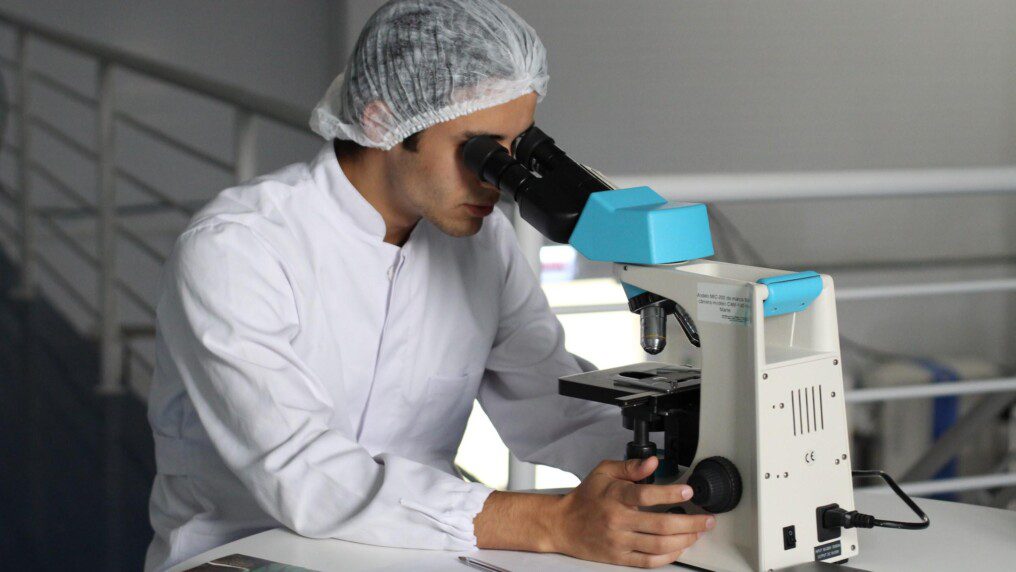
Ozonolysis is a term that was once relegated to the halls of education centers with a focus on organic chemistry. However, this complex organic reaction is becoming more prevalent in the news as more studies are released surrounding climate change.
Over the past decade, consumers have become more entrenched in the belief that businesses that go the extra mile to take care of the planet are more worthy of the hard-earned dollars of the customers that walk into their business. Here is what ozonolysis is and how it ties into the bigger picture of the business world.
What is Ozonolysis?
Ozonolysis is an organic reaction, which is a type of reaction that involves organic compounds. During this reaction, unsaturated bonds undergo a mild form of oxidative cleavage. In other words, during ozonolysis, the unsaturated bonds of alkynes, alkenes or azo compounds are cut with ozone. What happens next depends on various factors.
When most people hear of ozone, they consider the ozone layer that encompasses the earth. The ozone layer is the protective layer of the stratosphere that acts as a filtration system for harmful radiation caused by the ultraviolet light produced by the sun. As the ozone layer diminishes as a result of pollution, cancer rates and climate change are expected to worsen.
Ozonolysis in Studies:
One of the most fascinating studies revolving around how ozonolysis impacts the planet was conducted by the U.S. Department of Energy’s (DOE) Argonne National Laboratory and a team of scientists at the University of Pennsylvania. This study is looking at how various molecules could be used to break down the compounds released in common pollutants to drastically decrease pollution in the air and potentially save the ozone layer.
In this study, alkene ozonolysis reactions (one of the three types of ozonolysis reactions) were proven to increase the production of hydroxyl radicals, a powerful component that dissolves pollutants in the air. This was evaluated by way of quantum mechanical tunneling, during which particle matter passes through a barrier that it shouldn’t be able to permeate.
At the other end of the spectrum, production methods are being evaluated to create polymers and materials that offset the degradation caused by ozonolysis. Hindered amine light stabilizers, commonly referred to as HALS, have the potential to revolutionize the packaging industry through their ability to protect products (particularly food) from degradation while providing thermal stabilization.
Ozonolysis in Business:
Evidently, ozonolysis plays a significant role in the shadows of the business world, as a complex, underlying process by which the world is changing. Having a basic understanding of this process will allow businesses in the manufacturing industry to stay one step ahead of changing trends and provide a proverbial leg up on the competition.
In regards to the first study, outlining the impacts of organic reactions on air pollutants, it’s time to start considering how these findings will change how a factory is run. Will carbon output be measured and limited in a way so that these compounds have time to do their job? Will this discovery lead to a legislature that requires manufacturers to have tools and procedures in place that causes this diminishment of pollutants in-house?
It’s fair to say that the scientists responsible for this breakthrough still have a way to go before processes change. The same hydroxyl radicals that can eliminate pollutants can also contribute to the production of smog if released in too great quantities.
Changes to packaging are more imminent, with businesses looking at these options for global transportation and extended shelf life. However, the release of new plastics will always raise concerns about waste and ground pollution.
Manufacturing businesses and those involved in key decision making should take the time to get at least a basic understanding of reactions like ozonolysis. In today’s world, knowledge is power, and every little bit counts toward the continuity and competitiveness of a business.
Read Also:




























